The Best "New" Ideas in Planning Are All Old News
They say in the arts there are no new ideas. Every chord progression has been played; every story has been told (in at least its basic structure). So it is, too, with urban planning.
And yet the rhetoric of innovation pervades the way many planning thought leaders talk about their work, and to an even greater extent, the way the media covers planning. "Smart" cities are everywhere; the APA's Planning magazine and other publications aimed at planners like to tout new tools and new frameworks; awards are dished out for innovative plans and community engagement processes. As in every field of gatekept expertise, there are strong incentives to play up the cutting-edge-ness of what you do in order to justify your job or paycheck.
Sometimes very old ideas get repackaged as cutting-edge ones. I have to wonder, whenever I visit places where these old ideas never went away, whether that's actually a good thing.
Consider the "Accessory Commercial Unit"
Here's Hank's Hoagies. It's in the Green Ridge section of Scranton, Pennsylvania, a few blocks from Joe Biden's childhood home. (The POTUS has been known to stop in for a hoagie when he's in town.)
Hank's has been there in one permutation or another for a long time. The sandwich shop—which was not the first business to occupy the space—opened under that name in 1955 as a deli and corner store, and has seen several different owners. The current owners live nearby and rent the house upstairs from Hank's to a relative. The hoagies are delicious and inexpensive.
You could knock on any door in the neighborhood and ask, "What do you think of Hank's Hoagies?" and you'd be greeted with effusive fondness for the little neighborhood institution.
You could knock on any door in the neighborhood and ask, "What do you think of the little ACU at the corner of Adams and Woodlawn?" and you'd be greeted with a blank stare, unless the resident happened to be an urban planner.
Which is fine; every field is entitled to its professional vocabulary for when things need to be formal and precise. But here's the problem: when city planners approach the public about these ideas, it usually comes out something like this:
The city is gathering feedback on a new proposal to allow Accessory Commercial Units (ACUs) on certain residential lots in zoning districts R-1 and R-2. ACUs are a new concept designed to offer additional flexibility in operating location to small, local entrepreneurs, particularly in light of the hardships that the COVID-19 pandemic has posed for such businesses. This proposal is in the early stages. We would like to invite you to an informational meeting at the Community Rec Center on Friday the 16th at 7:00 p.m., to share your feedback and questions with city staff.
At no point are people told that the "new, innovative" proposal is literally something that has existed in their community, or a community nearby, forever.
Here are a few more home-based businesses within walking distance of Hank's Hoagies:
Hank's and these other businesses are wonderful, small contributions to making their surroundings a "15-minute neighborhood"—another term covered breathlessly in mass media as an innovative planning fad when in fact, in countless cities built before the rigid suburban separation of uses, such a thing is just called a "neighborhood."
Language matters because when we present ideas as old as civilization as though they were novel innovations, we may inadvertently be creating more hurdles to public acceptance of the flexibility and adaptability in placemaking that, prior to the suburban experiment, used to just be the default.
Consider the Duplex
My parents lived in a duplex in St. Paul, Minnesota, when I was born. My aunt owned the house and lived downstairs; we lived upstairs. My aunt got a rent check, my parents got plenty of babysitting help, and everybody won. Later we moved to a house in the same neighborhood that was next door to a duplex. A series of working-class families lived in it, gaining access to a great neighborhood where they could never have afforded to buy. Another duplex four doors down had a multigenerational family sharing it.
All of these people were just "my neighbors" and the duplexes in the neighborhood were just the duplexes. It never occurred to me that there was anything out of the ordinary to it.
All three of the duplexes I've described—along with others, and a few small apartment buildings nestled in the neighborhood—were "legally nonconforming uses." That is, they only get to exist because they predated the current zoning code and are grandfathered in. New ones just like them would be illegal to build.
But I didn't know that until I was an adult. And I'll bet most of my childhood neighbors don't know that. I'm sure they just haven't ever thought of it. Why would they?
It's funny to me to contrast that experience with the reaction of many homeowners who are told that their city is considering "ending single-family zoning" (or even scarier, "abolishing" it). They may have read in the New York Times or the Washington Post or their local paper about this growing national trend to upend residential zoning across whole cities or even states as a new, untested way to address long histories of exclusion and segregation.
The way we talk about it feels like an experiment. Almost nobody likes the idea of their neighborhood being a laboratory for some new idea cooked up by remote public-policy tinkerers. But almost nobody who actually lives next to an existing duplex or triplex or small apartment building thinks of that building as an experiment. It's just part of the fabric.
Plenty of places exist where we still see this variation in our neighborhoods, either because it's still allowed, or (more often) because it's not still allowed, but a bunch of "nonconforming" examples of it continue to exist. It's extremely common in Northeastern cities like Scranton, but even in a Midwestern city that was gridded and orderly and staid, I grew up around examples of it.
It’s fun in a city like Scranton to play “spot the duplex” in residential neighborhoods—you almost have to be walking to do it, because while driving you’ll never notice which houses are duplexes or triplexes and which are single-family homes. Or start counting mailboxes on houses; you might be surprised!
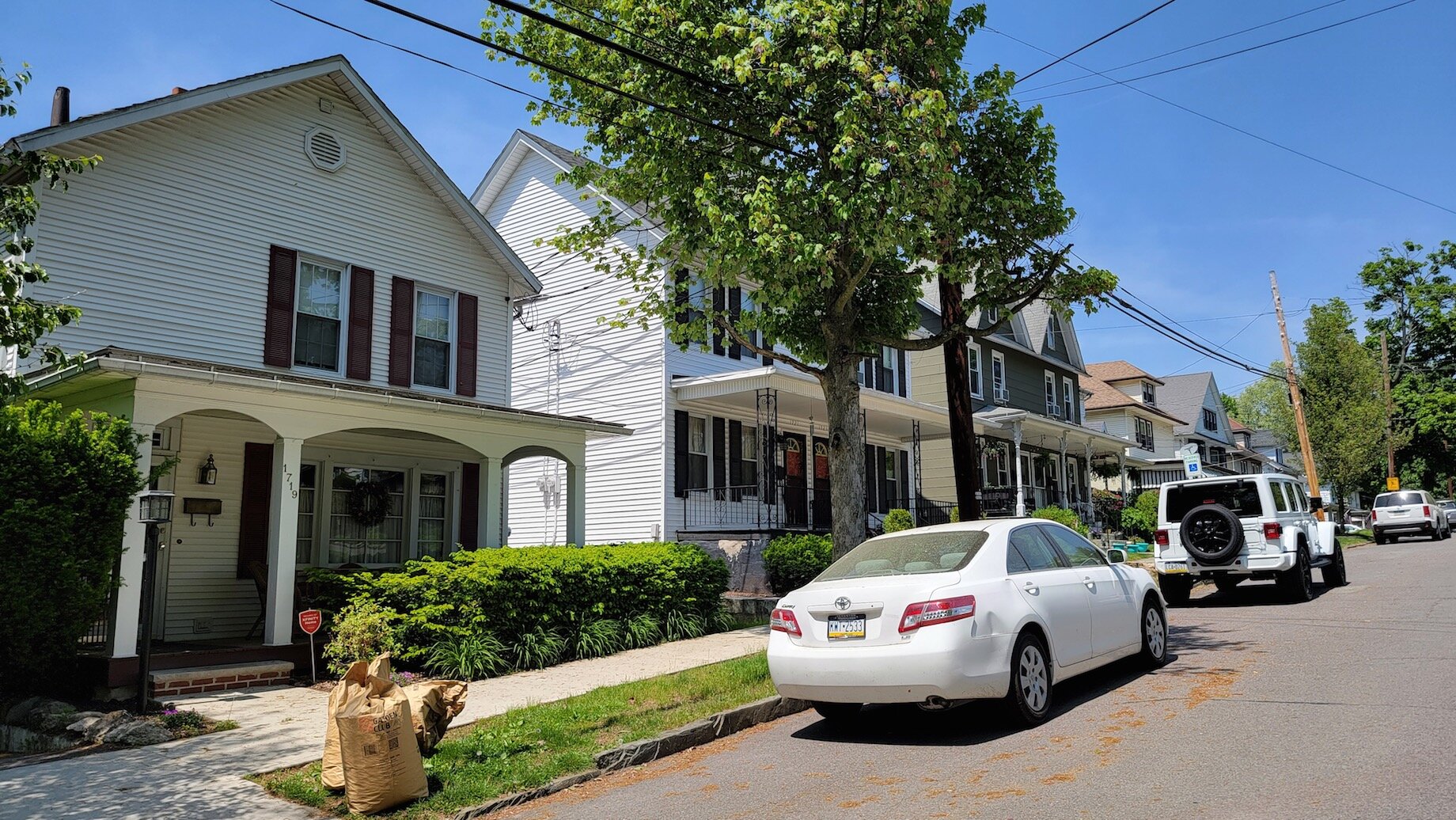
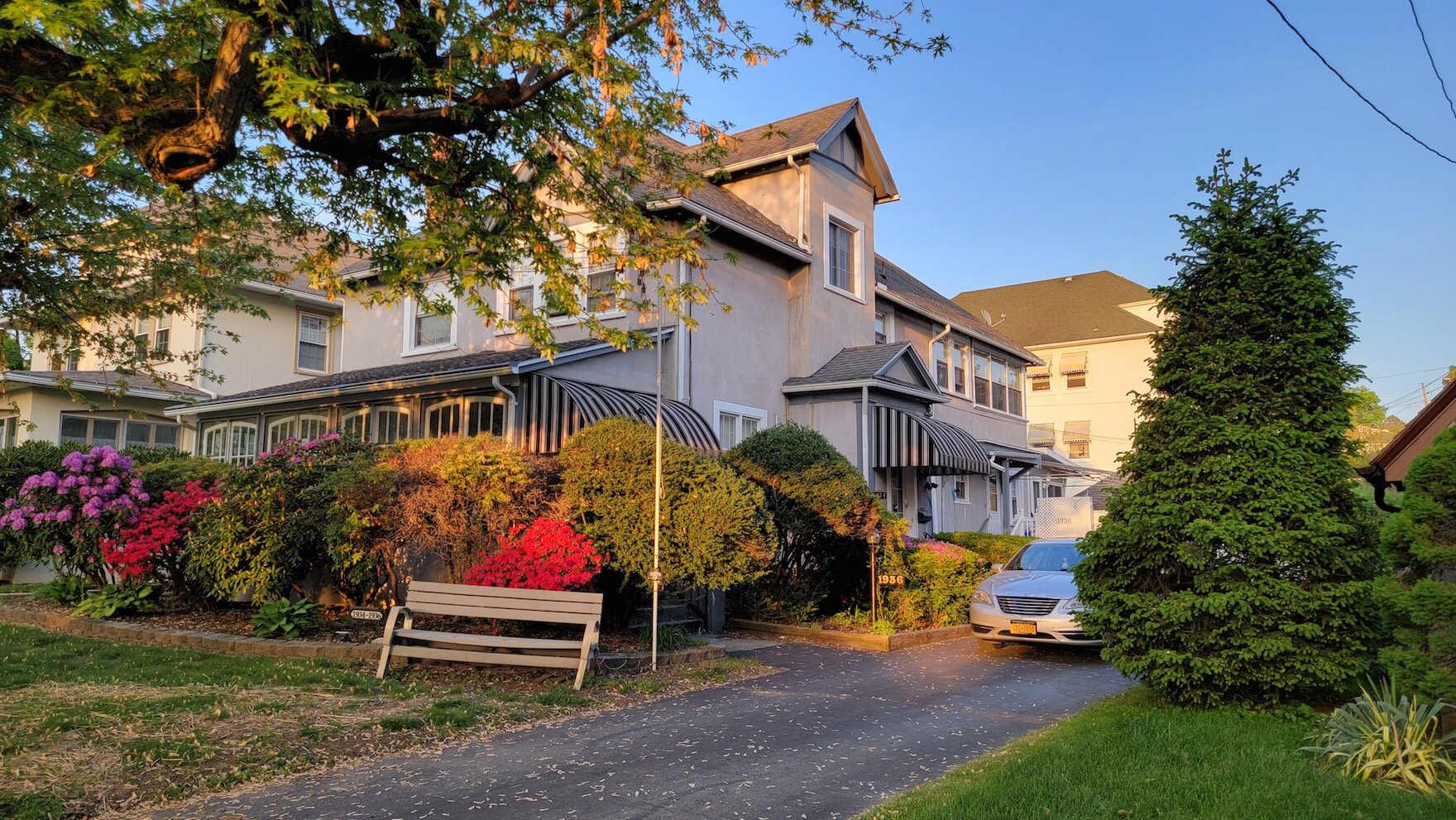
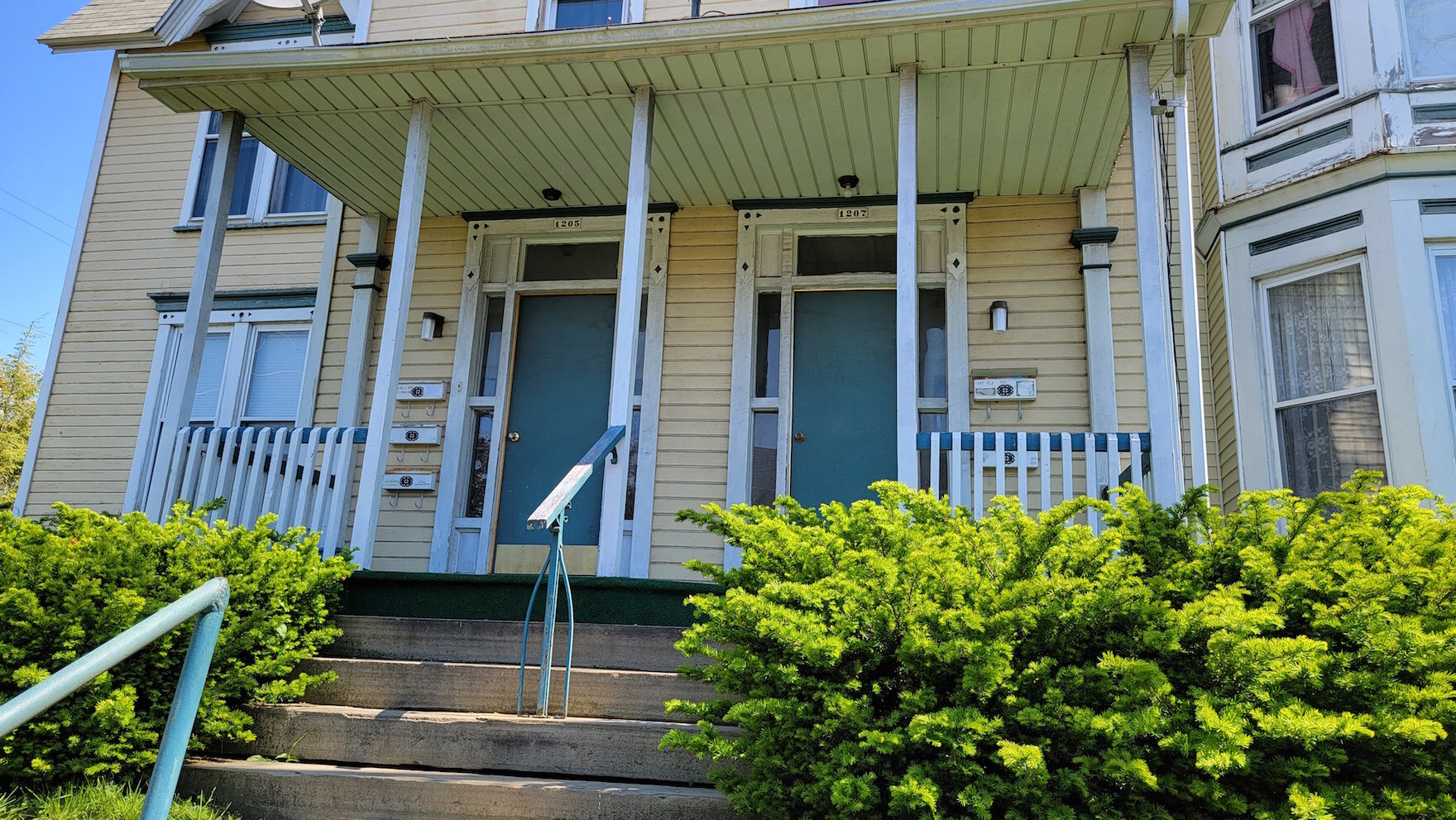
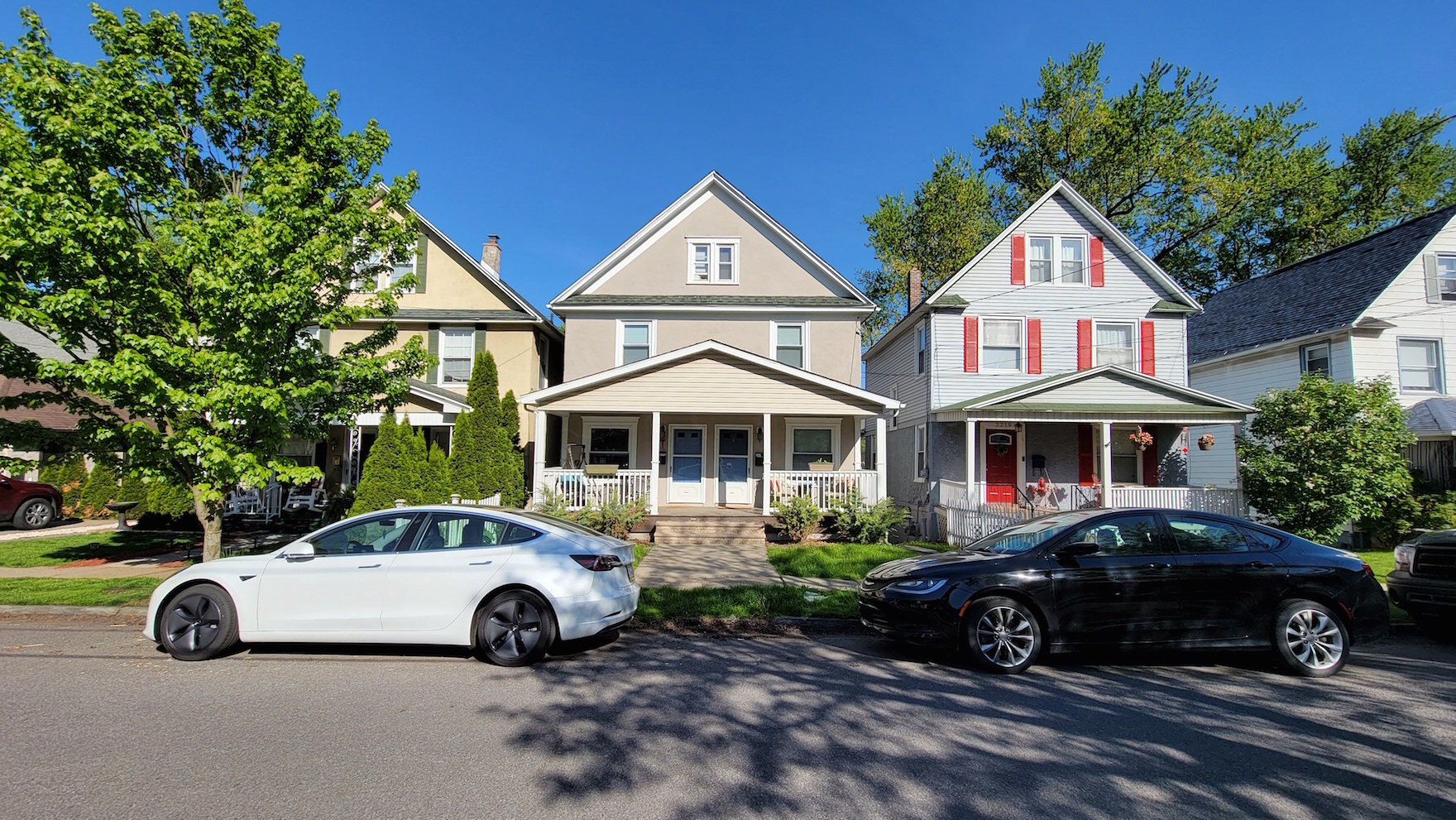
Most Americans are familiar with such neighborhoods. Even if you grew up in the most white-bread suburb, you've been to one or more such neighborhoods, where "ACUs" and "ADUs" and "house-scale multifamily structures" are unobtrusively sprinkled in. Maybe it was somewhere you visited a friend, or somewhere you vacationed. If you're not a person who thinks about zoning codes (that is, you're in the 99% who don't), I can almost guarantee you didn't even think twice about the little corner stores or granny flats you saw.
This should demonstrate to us how utterly nonthreatening the idea of allowing some apartments in neighborhoods, or allowing a little hair salon or law office or sandwich shop to operate out of somebody's house, ought to be.
But the rhetoric of innovation and cutting-edge problem solving in planning undermines all of that. It communicates to people that these, in fact, extremely tried-and-tested ideas are new and untested ones. As a result, many people who didn't study planning and don't think like planners can become convinced to fear the simple legalization of what, in fact, may already be all around them.
A “mixed-use building” in Scranton, presumably known to its non-planner neighbors as a “building.”




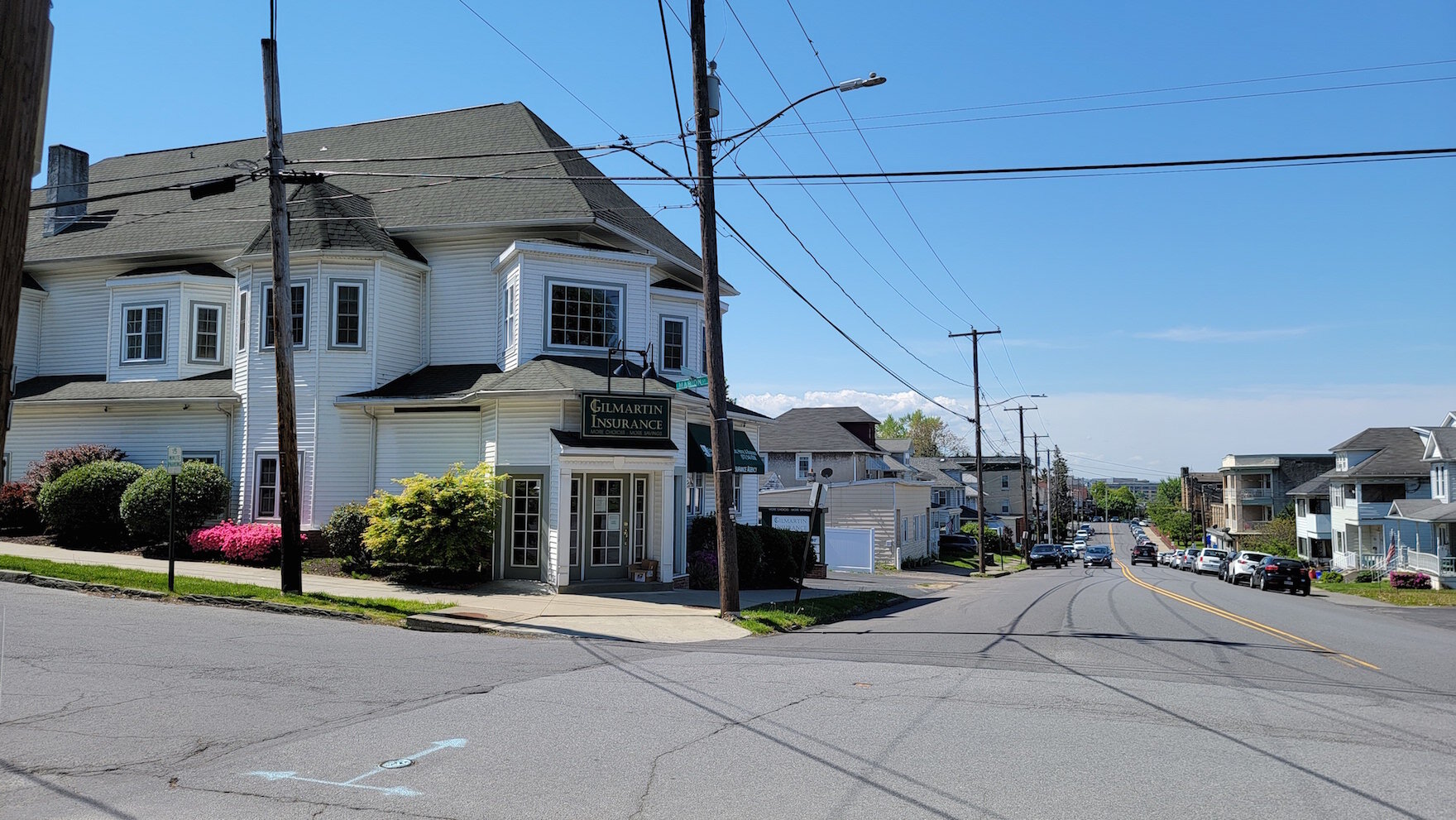
Daniel Herriges has been a regular contributor to Strong Towns since 2015 and is a founding member of the Strong Towns movement. He is the co-author of Escaping the Housing Trap: The Strong Towns Response to the Housing Crisis, with Charles Marohn. Daniel now works as the Policy Director at the Parking Reform Network, an organization which seeks to accelerate the reform of harmful parking policies by educating the public about these policies and serving as a connecting hub for advocates and policy makers. Daniel’s work reflects a lifelong fascination with cities and how they work. When he’s not perusing maps (for work or pleasure), he can be found exploring out-of-the-way neighborhoods on foot or bicycle. Daniel has lived in Northern California and Southwest Florida, and he now resides back in his hometown of St. Paul, Minnesota, along with his wife and two children. Daniel has a Masters in Urban and Regional Planning from the University of Minnesota.